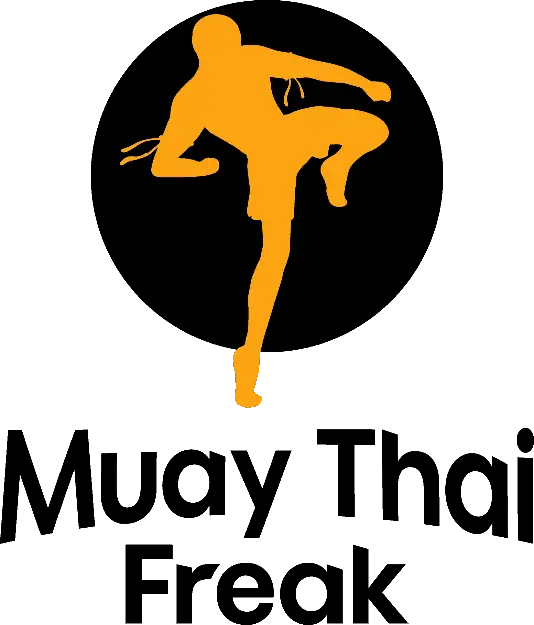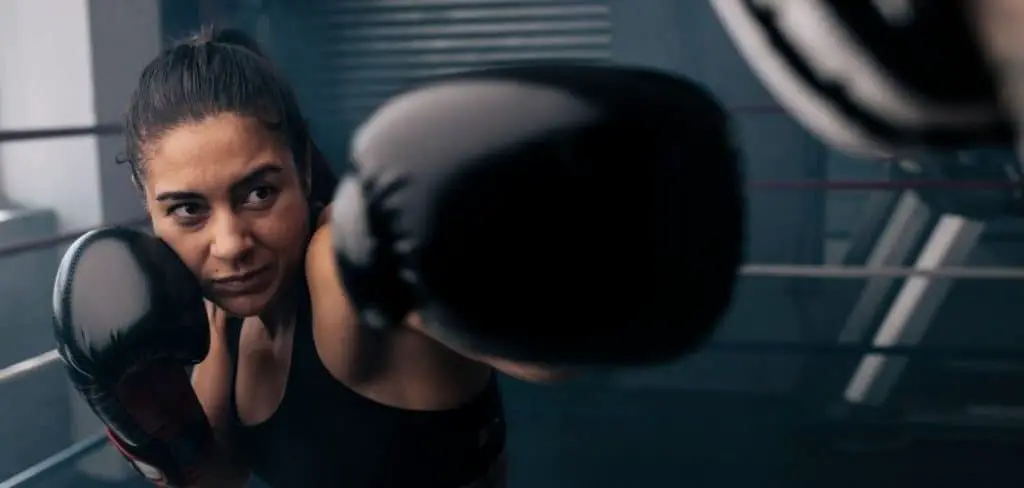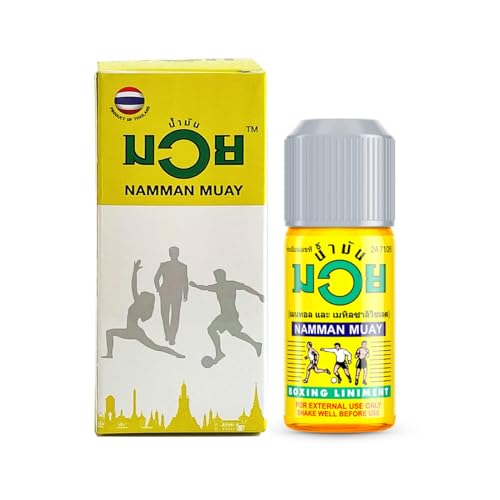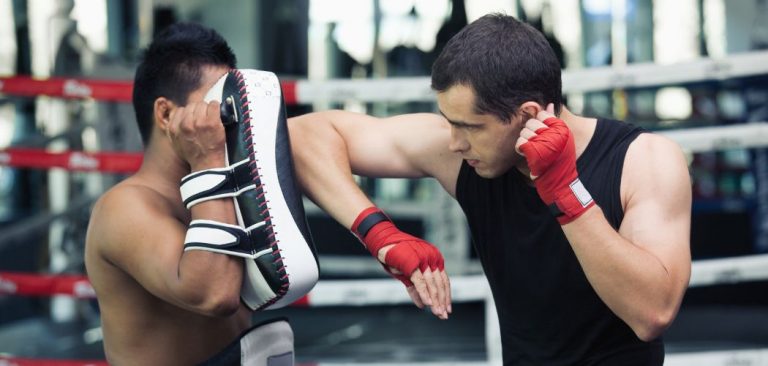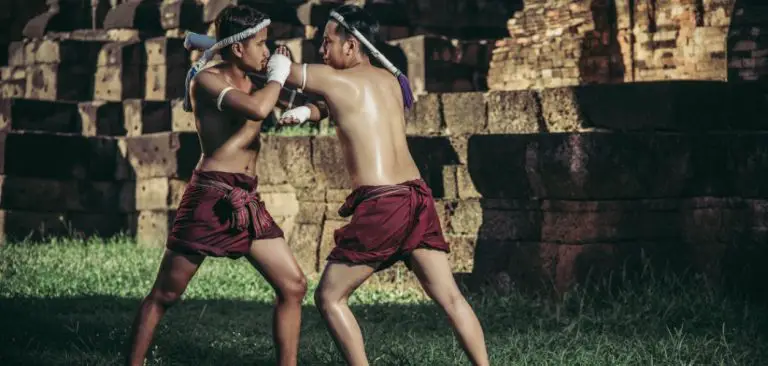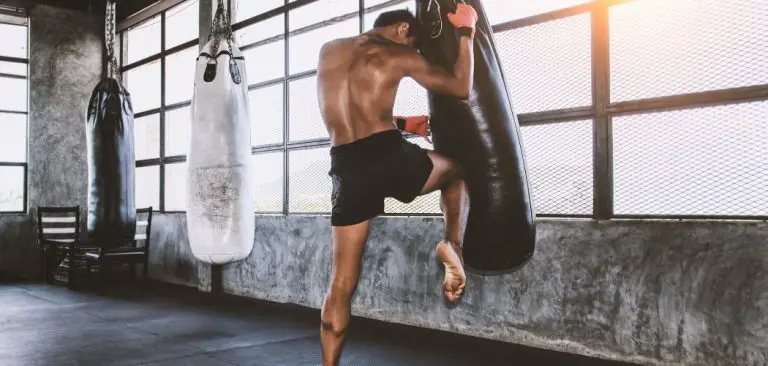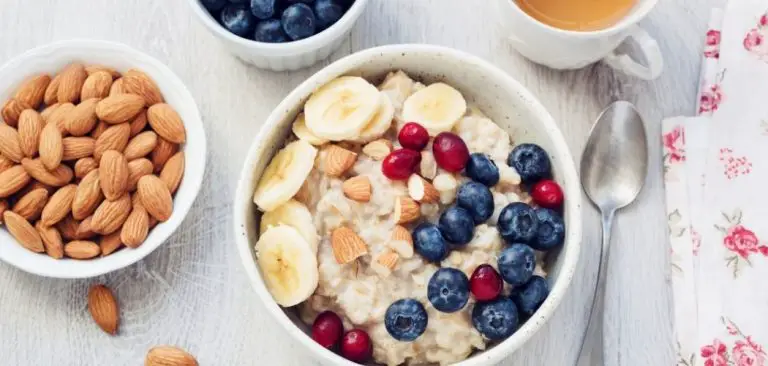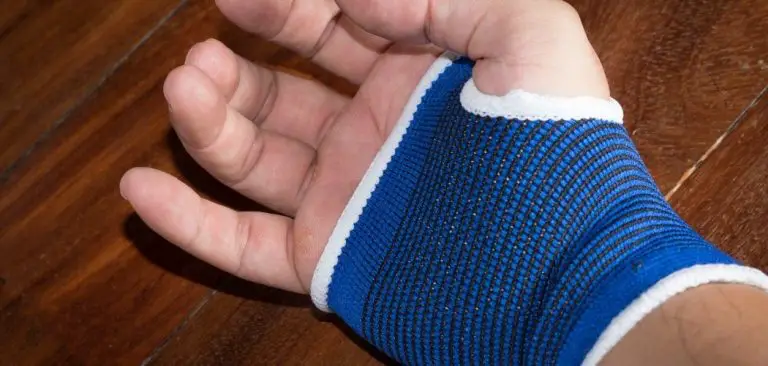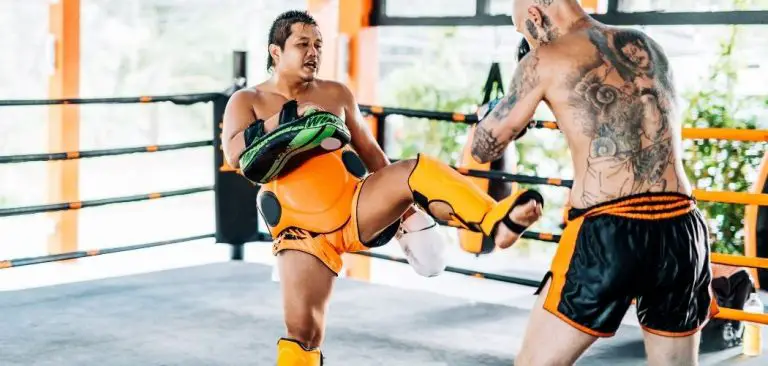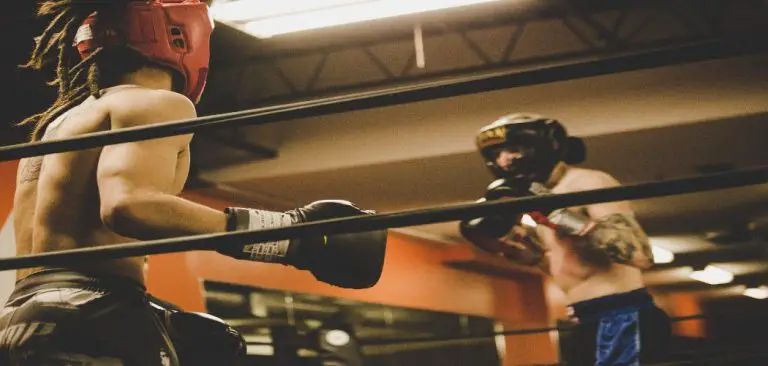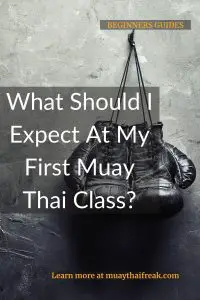
Even if you’ve been an athlete for your whole life, your first Muay Thai class will be a new, unique experience. I was super nervous while I was heading to my training session for the first time.
Despite my previous experience, I was aware of the difference between strikes and stances. And my head was hurting like hell when I was thinking about footwork and movement. Your first class will be different from anything so far.
Table of Contents
Major Differences Between Muay Thai And Other Striking Martial Arts
Muay Thai rules allow more contact and offer fewer prohibitions then, for example, kickboxing or kung fu. You’ll get to know many new strikes and positions in your first Muay Thai class unless you come from Lethwei (Burmese boxing, headbutts allowed).
The greatest difference is clinching. In Muay Thai, sweeps and clinching is allowed, which means that the coach might get to know you with pummel, crossface defense, cross lock, single-collar tie.
The stance is also very much different. You’ll have to forget about double pillars or Philly shell, Muay Thai guard is way different. Your arms are higher than the level of your forehead due to leg kick checking and catching the opponent’s kicks.
And finally, movement. Some martial arts base this aspect of the game on step-drag forward and step-drag backward, but you’ll have to master side movement and clinch moves in Muay Thai, otherwise you’ll be a sitting duck in your first Thai boxing competition.

What Will I Train?
Well, I have good news for you. Even if you’re an elite kickboxer or a boxing champion, you won’t spar in the first Muay Thai class.
You have to adjust to different stances and surroundings, then you’ll have to work on your stance and technique. You will get to know your coaches, and one of the instructors will probably check your skill level to determine whether you’re a rookie, intermediate, or an advanced fighter.
Note: if you come from the other martial art and intend to spar in the first Muay Thai class, there is a big probability that the coach will say no. Please, the coach is not trying to stir up a hornet’s nest, don’t hate him. Thai boxing is way different than any other striking martial art. After a few months of training, you’ll understand the coach’s decision. I can bet my house on that.
The first class will mostly consist of the warm-up (jogging, jumping rope, etc. then light stretching of all parts of your body (the majority of good coaches will insist on that
)), a few techniques and drills, and stretching at the end of the session. If the coach forgets stretching, I kindly recommend you to stretch on your own.How To Prepare
I consider this important, but everybody has a different way to view the world. Let me pinpoint the three most important things that will get you ready for your first Muay Thai class.
- Look for a good gym that suits your needs. Listen, some gyms are known for very hard training sessions, while others enjoy working with average joes and young guns. Please visit more dojos until you find the one that fulfills your criteria.
- Bring a bottle of water and a towel. Muay Thai training sessions are very intense, plus if you train in Thailand, you’ll sweat way more due to humidity and temperature. My advice – a bottle of water is crucial, while a towel helps you remove the sweat between the rounds, which leads to better recovery at your first Muay Thai class.
- Purchase basic training gear. This is not mandatory for beginners. But, unfortunately, you’ll need Muay Thai shorts to deliver some kicks and knees. Kickboxing or regular shorts might give you a hard time during clinch and sweeps, plus you’ll look better in Muay Thai gear. My recommendation for the first class is a pair of good gloves and shorts. Again, if you don’t know whether you’ll continue training or not, please ignore this paragraph.
- Don’t rely on your martial art. Thai boxing is way different than 90% of martial arts. If you’re a kickboxing master, this doesn’t mean you’ll master Muay Thai moves swiftly. Rome was not built in a day!
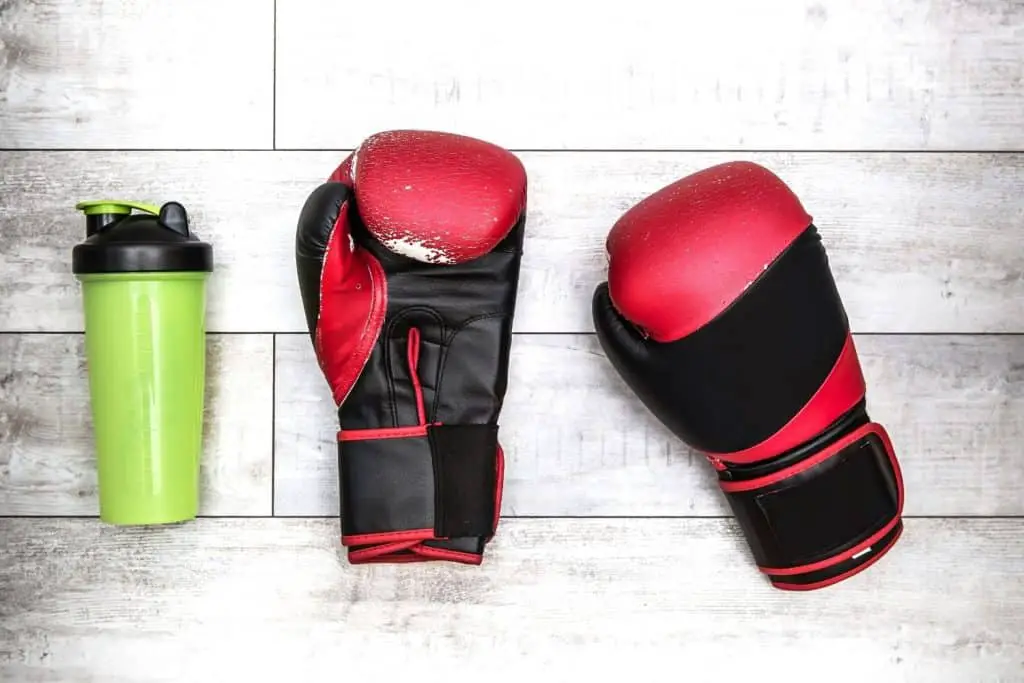
Typical First Muay Thai Class (It Varies From Gym To Gym)
This depends on your gym, but the majority of dojos follow this procedure when it comes to the first Muay Thai class:
- Warm-up (usually 5-15 minutes);
- Showing basic stance and movement (5-10 minutes);
- Beginner techniques (jabs, uppercuts, some kicks, and knees), around 20-30 minutes;
- Heavy bag and mitt drills (5-15 minutes), optional;
- Clinching drills (5-10 minutes), optional;
- Cardio workout (10-15 minutes), but this part is not mandatory for someone who has visited a Muay Thai gym for the first time, it is optional;
- Stretching and cool down (5-10 minutes).
Note: some dojos will pay more attention to tiny details like correcting your mistakes, and the part “beginner techniques” will last longer. Depending on the dojo, your first Muay Thai class should last 60-90 minutes. If you’re visiting a well-equipped dojo for the first time, they might let you hit the bag too.
My first class was kinda different because I came from a different martial art. The coach took a look at my technique, then told me to try clinching drills with a partner. I had no clinching skills at all, so it was a nightmare, but I got into the spirit of things after two months (sweeps and short strikes are not easy to learn, the coach even showed me spear elbow).
Final Thoughts
I hope my guide will help you set realistic expectations for your first Muay Thai class. It will be a new, potentially stressful experience that will put your brain on fire. But you’ll certainly learn many new moves. Who knows, you might fall in love with the ancient Siamese martial art.
Last Updated on May 21, 2022 by Deni
